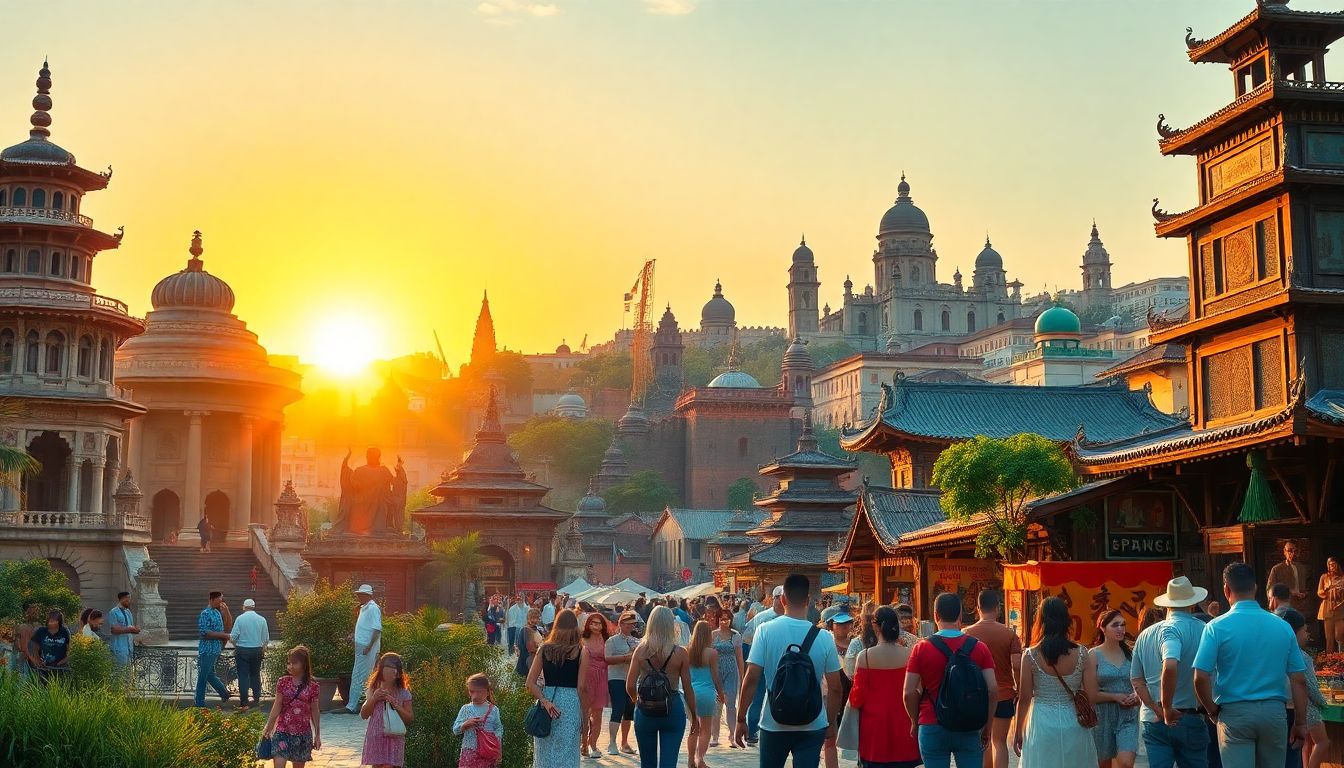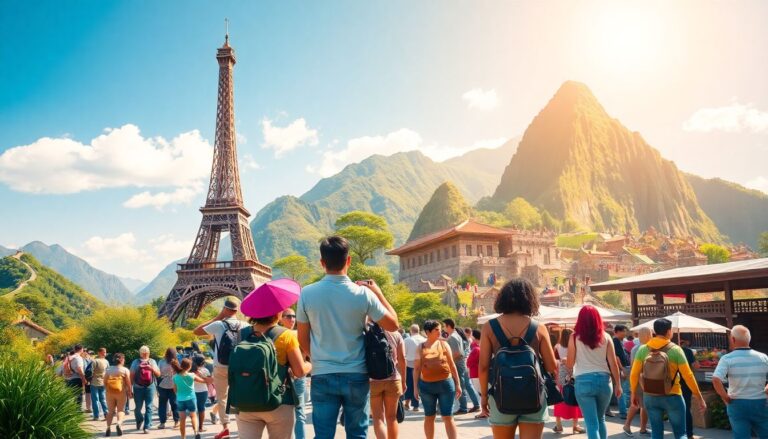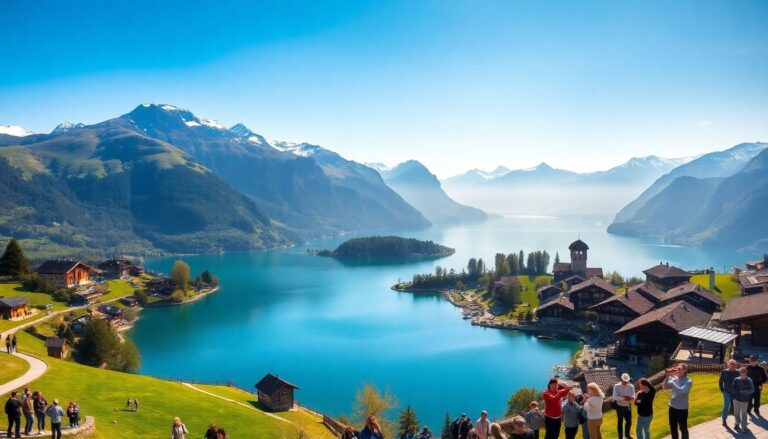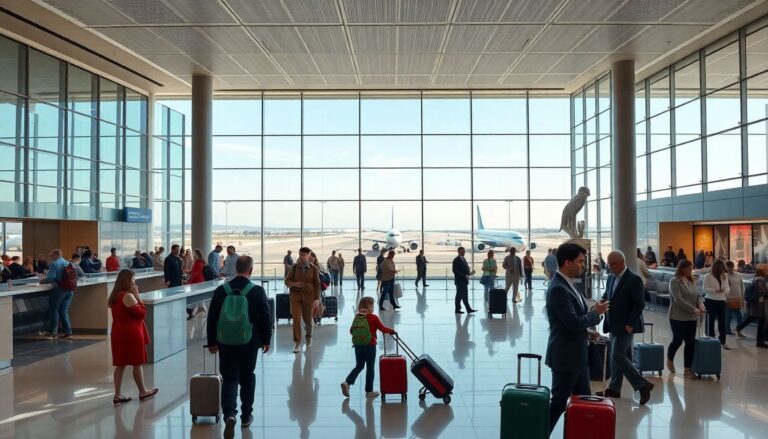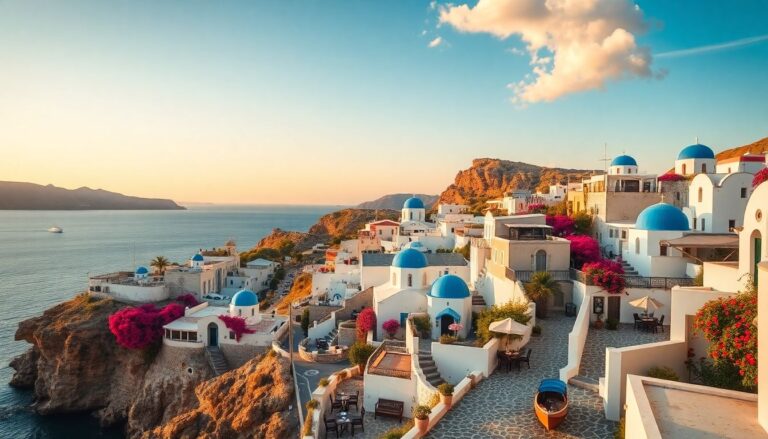Cultural Tourism: A Journey Through History and Civilizations

Introduction
Cultural tourism is growing fast around the world. More travelers want to explore history and learn about different civilizations. Visiting ancient sites, museums, and local traditions makes trips more meaningful. In recent years, travel stats show a sharp increase in people heading to cultural destinations. This trend highlights how cultural experiences can open minds, foster understanding, and help preserve heritage for future generations.
The Significance of Cultural Tourism in Preserving Heritage
Understanding Cultural Heritage and Its Value
Cultural heritage includes both physical objects and traditions passed down through generations. It covers monuments, artworks, festivals, and languages. When we visit cultural sites, we support efforts to protect these valuable assets. Preservation helps keep history alive and teaches us the stories behind historical landmarks.
Economic and Social Impact of Cultural Tourism
Tourism boosts local economies by creating jobs and supporting small businesses. Visitors spend money on restaurants, hotels, and souvenirs. This flow of income encourages communities to invest in their cultural sites. Additionally, engaging with local traditions boosts community pride and reinforces the importance of preserving their unique identities.
Exploring Historic Sites and Ancient Civilizations
UNESCO World Heritage Sites: Global Custodians of Culture
UNESCO designates special places worldwide as World Heritage Sites. These sites include Machu Picchu in Peru, the Great Wall of China, and the Pyramids of Giza. Such recognition raises awareness and attracts travelers. It also helps ensure these treasures stay protected for generations.
Immersive Visits to Ancient Civilizations
Exploring Egypt’s pyramids, Greece’s temples, or Mexico’s Mayan ruins feels like stepping back in time. To make your journey meaningful, respect local customs and ask guides questions. Gentle exploration adds layers of understanding and deepens your appreciation of history.
The Role of Guided Tours and Cultural Narratives
Knowledgeable guides bring history to life with stories, legends, and facts. They help visitors connect with the past on a personal level. Combining visuals with storytelling creates a memorable experience far beyond just sightseeing.
Experiencing Living Cultures and Traditions
Participating in Festivals and Cultural Events
Joining in local festivals offers a glimpse into current traditions. Think about Diwali in India, Carnival in Brazil, or traditional dance in Korea. Participating actively makes cultural lessons more real and lasting.
Traditional Arts, Crafts, and Culinary Heritage
Many regions offer workshops for pottery, weaving, or dance lessons. Trying local foods reveals much about culture and history. Food customs and recipes are like stories etched into every bite.
Supporting Sustainable Cultural Practices
Travelers should aim to respect local customs and avoid overly commercialized experiences. Supporting community-based tourism helps sustain traditions and makes a positive impact. Remember, responsible travel keeps cultural integrity intact.
The Role of Museums and Cultural Institutions
Museums as Gateways to History
Museums like the Louvre, British Museum, or China’s National Museum house treasures from the past. Thanks to technology, many now offer virtual tours and AR exhibits that bring history to your screen. These tools make visiting more accessible and engaging.
Cultural Exhibitions and Temporary Installations
Special exhibits often showcase indigenous art, rare artifacts, and contemporary works. They educate visitors and spark curiosity. Many museums also offer programs for children and families, making learning fun for all ages.
Recommendations for Museum Visitors
To make the most of museum visits, stay attentive and ask questions. Respect exhibit rules, and don’t shy away from exploring interactive displays. Engaging genuinely enriches your understanding and makes the experience unforgettable.
The Future of Cultural Tourism
Technological Innovations and Virtual Experiences
Virtual reality and augmented reality are changing how we explore history. They enable us to walk through ancient cities without leaving home. Such options are especially useful during travel restrictions or for those with limited time.
Challenges and Opportunities
More visitors can threaten fragile sites. Balancing preservation with tourism growth requires clever planning. Sustainable practices, like limiting crowds and supporting local artisans, help protect these treasures.
Expert Perspectives on Evolving Trends
Leaders in conservation and tourism say that storytelling and technology will keep evolving. The focus will be on making travel more inclusive and responsible. It’s about sharing history without harming it.
Conclusion
Cultural tourism connects us deeply with history and different civilizations. It encourages respect, understanding, and preservation. Remember to honor local customs, support eco-friendly initiatives, and use technology to enhance your journeys. When you explore cultural destinations responsibly, you help preserve the past while gaining a richer view of our shared human story.
Start planning your next trip—there’s a world of history waiting to be discovered.
